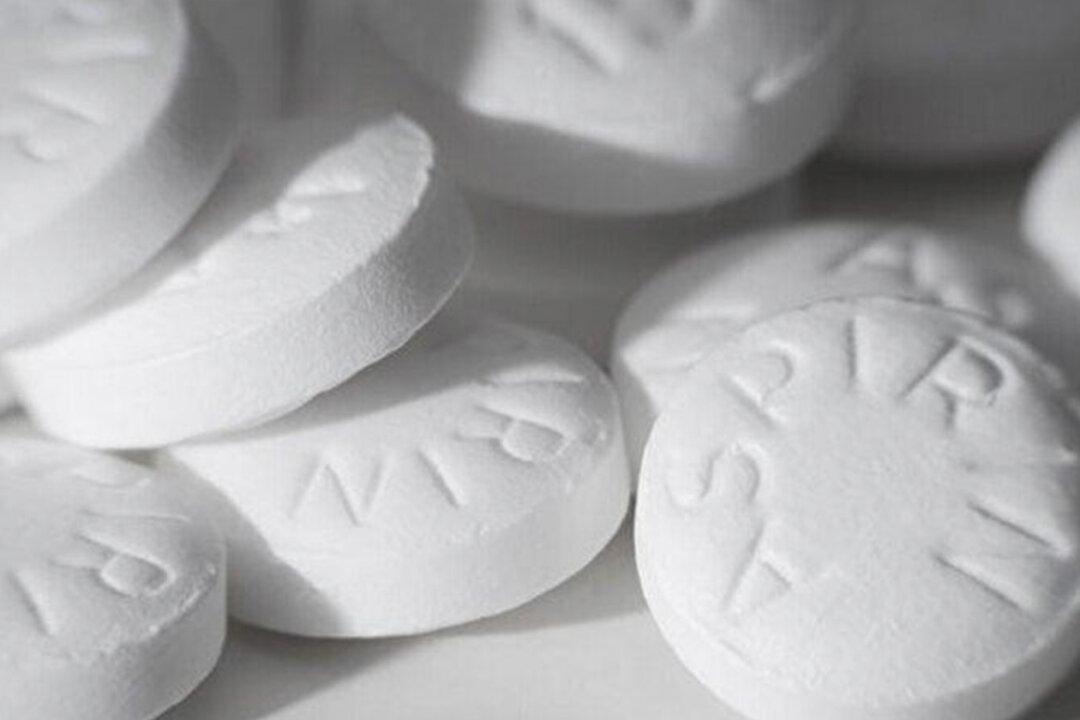News Analysis
Amid public outcry demanding an end to Beijing’s zero-COVID policy, Chinese state media recently set off a wave of criticism against COVID testing companies. One China expert claims the regime is preparing to take down a powerful group behind the COVID testing industry and using it as a scapegoat to divert public attention from the mass protests fueled by draconian pandemic measures.






